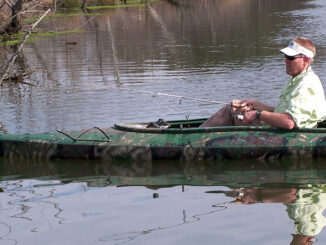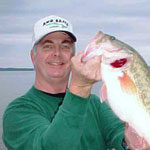Public land turkey hunting in the Carolinas
Hunters must research the appropriate game lands but excellent hunting is found on many public lands

April is a great month to catch a variety of panfish, and kayaks are the perfect craft for targeting them. […]

These Timberland shades keep your eyes protected in style, and provide unmatched vision. […]

The Toadfish Ultimate Shears are perfect for fishing, and they’re also great in the kitchen. […]

Copyright 1999 - 2024 Carolina Sportsman, Inc. All rights reserved.
Be the first to comment